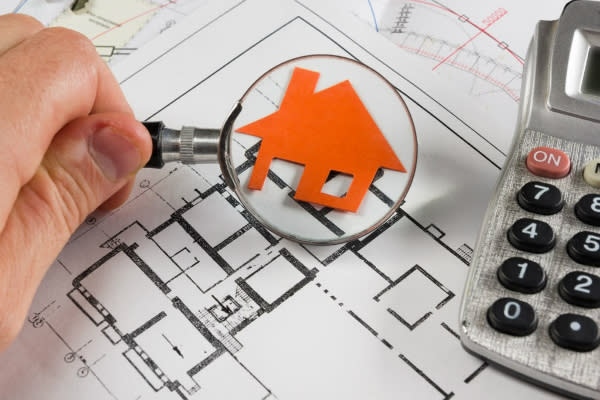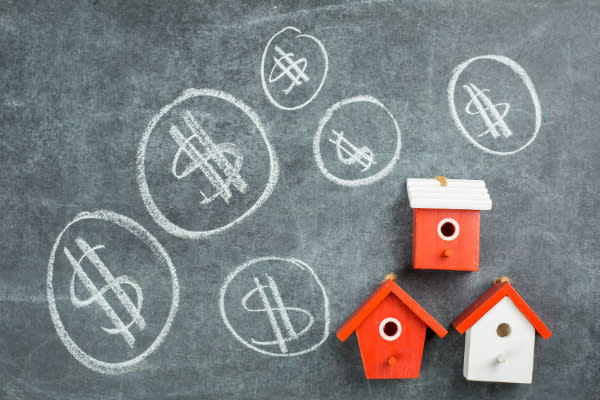The 6 Most Common Property Valuation Methods In Malaysia

When it comes to determining the market value of a house, there are several ways to find out.
Perhaps the most common method is the comparison method, as it’s directly related to current market transactions.
However, there are several other property valuation methods, such as the costing or profit method.
Take a look below at the different methods to find out more about the pros and cons of each, as well as which method is best suited for different types of properties and investors.
However, anyone looking to sell (and therefore determine the value of a property) can use, of course, more than one property valuation method.
What Is A Property Valuation, And Why Is It Important?
When wanting to sell a property in Malaysia, homeowners and property investors want to get the best price possible (but, of course). To do that, they need to know how much a property is worth.
In order to determine the current number, it’s common to use one of the many property valuation methods available.
However, property valuation is not only important for people looking to sell a property, but also for those wanting to rent one out.
A property’s valuation determines its market value, and is one of the most important concepts in real estate investing.
In general, this market value is the result of a variety of different factors, including the location of the property, its condition and the overall property market sentiment in Malaysia.
Let’s deep-dive into the 6 different types of methods available to you, and hopefully, you’ll be able to find one that best fits your property type.
1) Comparison Method
The comparison method, also known as the sales comparison approach or market data approach.
It is one of the most commonly used methods to value different types of properties in Malaysia, such as houses, offices, shops and even warehouses.
When creating an estimated market value of a property using the comparison method, you’ll look at several features of the property.
To get an accurate figure, you’ll need to know the location, condition and size of the property, and then find several similar properties – also called comparables, or ‘comps’ – with the same features.
Once the other properties have been identified, you’ll need to compare them in terms of their sales price in order to arrive at a representative property valuation.
However, it’s important to keep in mind that no two properties are exactly the same, so you should consider as many features as possible, including:
The number of rooms and bathrooms
Square footage
The last time the property was sold
It’s important to analyse four to five different comps in order to get a representative figure that’s as accurate as possible.
2) Profit Method
The profit method is typically used when there are no comparable rental or sales transactions available for the property.
It is most often used to calculate the value of bars, restaurants, nursing homes and hotels, rather than residential properties.
In general, this method helps to estimate the gross and net profit of a business. The two basic calculations you’ll need are:
Gross Profit = Gross Earnings - Purchases
Net Profit = Gross Profit - Working Expenses
The gross profit is the final financial figure after all purchase costs are deducted from the gross earnings.
On the other hand, the gross earnings are the total revenue that a particular business has generated, but does not take any working expenses or hidden costs into consideration.
It’s easy to mix those two figures up, but important that you pay close attention when using the profit method!

3) Costing Method
Another approach that can be used is the costing method.
The basic underlying principle of this approach is that a potential buyer or property investor shouldn’t buy any rental property that’s more than the price of building or recreating that particular accommodation.
The comparison method (previously described above) is used in this approach as well. This is to determine the value of the land on which the property is built on.
But unlike the comparison method, this approach is not used for residential or commercial properties.
It's mostly applied for objects that are constructed and not sold. These properties include schools, government buildings, religious institutions and hospitals.
After the land value of that property is determined, it’s combined with the amount it would cost to build that property.
That construction cost can be estimated by multiplying the cost of a square foot with the total square feet of the comparable structure.
Once the amount is determined, you can then subtract the cost of any possible depreciation factors, including the cost of necessary repairs or other logistical considerations, such as a hard-to-access location.
4) Residual Method
Unlike other approaches, the residual method is primarily used to determine the value of properties and vacant land with potential for development or redevelopment.
In order to determine the value of such properties, the following calculation is needed:
Land / Property = Gross Development Value - (Construction + Fees + Profit)
So, the purchase price of a land, property or site is determined by the gross development value (GDV) minus the combined cost of construction, fees and developer’s profit.
The GDV is at the very centre of this calculation, and outlines the final capital value of a completed development when it’s eventually sold.
Although larger properties may take several years to be constructed, the GDV is calculated with current values, not projected values.
The main reason why aspiring property developers use the residual method to value properties and/or land is that this method helps to identify how much one should pay for a development site or building, in order to actually make a profit.
In short, it allows them to better understand when it’s not a good idea to make an investment.
5) Contractors’ Method
Also known as the “summation”, the contractors’ method helps property developers determine the value of special and atypical properties.
These usually come to the market very rarely, and are therefore unsuitable for different property valuation techniques, such as the comparison method, due to the lack of reference.
While other techniques are used more frequently, this one is used when all other methods fail.
One such example is when a building that was never meant to be built, or was designed for commercial use, becomes commercially available.
For example, this could be a church, bus station or old fire department that is converted into a residential or commercial property.
The basic assumption for the contractors’ method is that the worth of a particular property equates the combined cost of the land and construction on the land.
Property Value = Cost of the land/site + Construction Cost of Buildings on the Land
Once this valuation is determined, the developer or investor will have a much clearer idea of how to list the property for sale or rent.

Related Guide
6) Investment Method
When it comes to calculating the market value and future value of a freehold interest (the right to grant the leave to another person) of a property, investors commonly use the investment method.
It can be used for properties that provide landlords with a return on their investment in the form of rental income.
It also helps investors determine the current value of a property by looking at the potential profits the property can earn in the future.
To determine the net present value (NPV) of a property, you need to analyse comparable property sales as well as future rental incomes.
Calculating backwards to the present day, one can determine the current value of a property, including properties that are yet to be developed.
Using the comparison method, one can determine the price (cost to buy) of a property, as well as the rental one can ask for.
With that, one will also know when the rental income and the investment will make profits.
Whether you’re a seasoned property investor or someone simply looking to sell your home, it’s important to understand the different property valuation methods.
While the comparison method is most suitable most residential property valuations, there are other property types in a variety of scenarios that are more complex and that demand different approaches.
Relevant Guides:








